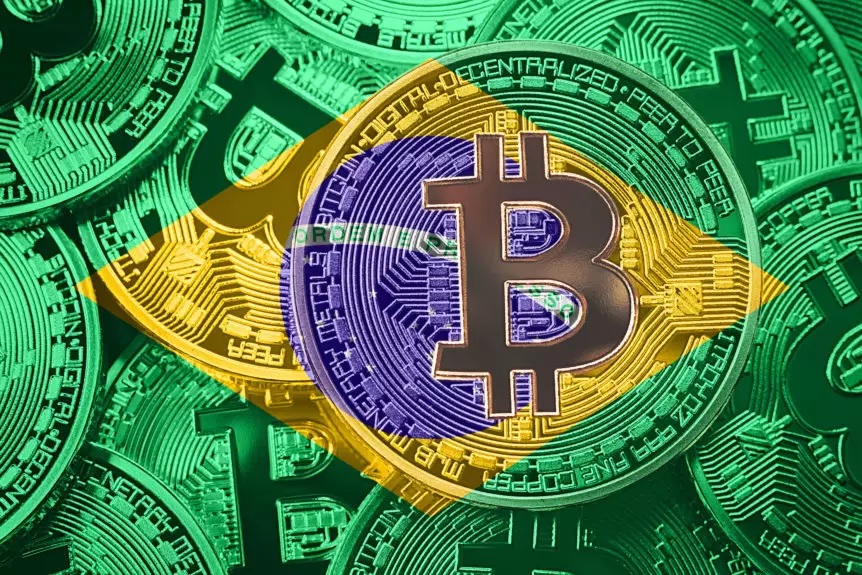According to data from the Central Bank of Brazil, in 2021, the still “unregulated” crypto market was able to move, through deposits in centralized but unregulated exchanges, about R$300 billion (US$55.6 billion).
It was compared to the R$600 billion moved formally at B3 with stocks, funds, ETFs, and BDRs, not counting the movements by untracked “p2p” peer-to-peer transactions, traditional in the crypto market.
Considering the volume of financial movements in crypto assets, alerts were issued by the Central Bank and converted into Bill (PL) No. 4.401/2021 of the House of Representatives.

The PL seeks to regulate crypto-active exchanges in Brazil without dealing with cryptocurrency “investors”.
The latter are already disciplined since the advent of Normative Instruction (IN) No. 1,888 of 2019, issued by the Federal Revenue Service, which regulated the tax regime of digital assets and possession of cryptocurrencies by individuals or legal entities.
In the taxation of digital assets, income taxpayers have already felt the instituted differences because even though there is no crypto-active law, the Federal Revenue Service has anticipated and assigned a specific code for declaration of ownership and possession of digital assets as goods and rights.
With the possibility of selecting the group “crypto-active” and subtopic of the group to which the taxpayer’s asset belongs, such as BTC or other cryptocurrencies (ETH, LTC, ADA, and others, for example), even specific codes for stablecoins and NFTs, even though they all have in common the taxation by capital gain.
Returning to the aspect of the regulation of companies providing crypto-active services, called exchanges, in addition to the duty to comply with those above IN 1.888/19.
Then, in effect, they will suffer more directly with the advent of the so-called Bitcoin Law, as PL 4.401 is being named, which provides in article 2 that they may be subject to control by the Central Bank and the Securities and Exchange Commission (CVM), even though crypto-active assets are not precisely “securities” for the laws and regulations on the subject.
The last point is the advantage conferred to exchanges that are already operating in Brazil because they will have a period of not less than six months to adapt to the new requirements of PL 4.401, with the proviso that the providers of virtual assets services that are in activity on the date of publication of the law may continue to exercise it while the final decision on the authorization process is not issued.
With information from Terra

